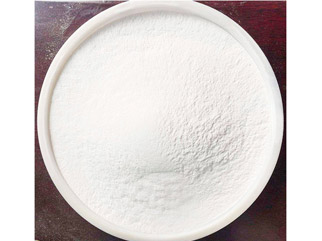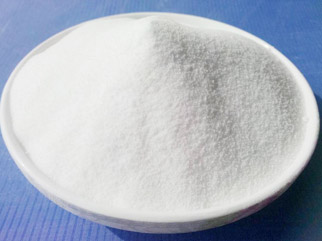As a Parylene Powder Supplier, share with you. The physical properties of
Parylene conformal coatings make them highly resistant to various harsh
environments. Because of its precise application and lasting function, it is the
preferred conformal coating for military and medical customers.
After cleaning the plasma treatment and mask, the components to be coated are placed in the deposition chamber. during coating, the product was kept at room temperature.
then heat the Parylene dimer until it changes from its solid powder form to vapor. the coating thickness is usually in the micron range, but can also be a few ears thick, which is controlled by the amount of the dimer loaded into the system.
Parylene D
the dimer was then cleaved into two monomers using high temperatures. these monomer molecules enter the deposition chamber and form Parylene polymers.
this process ensures that the coating forms uniformly on all available surfaces. the result is a thin, transparent and uniform coating with high chemical resistance and excellent dielectric properties, which is an ideal choice for many applications.
Parylene conformal coatings are used in various industries to coat and protect components, equipment and surfaces. the coating is unique because it is produced at room temperature and can be coated without liquid phase. application of Parylene can penetrate the narrow space to 0.01 mm and provide excellent barrier layer, which has good heat resistance and chemical and biological stability.
the coating formed by Parylene is thin and transparent, which makes it an ideal choice for optical applications. it also has chemical inertness, biocompatibility, and obtained FDA approval for medical implants. Parylene conformant coatings also meet the N.A.S requirements. A low degassing requirements, that is, the total degassing rate in vacuum environment is less than 1.0%, and the CVCM of volatile organic condensable materials is less than or equal to 0.1 CVCM. Common applications of Parylene coatings include surgical equipment, human implantable equipment, printed circuit boards, various electronic devices, etc.
Parylene D (Parylene D is composed of carbon and hydrogen, and two para-substituted chlorine groups are added to its benzene ring. it has properties similar to parylene C but also can withstand high temperature. the dielectric strength of Parylene D is lower than that of Parylene C or N, but provides the same level of surface resistivity.
 Previous:
None
Previous:
None

